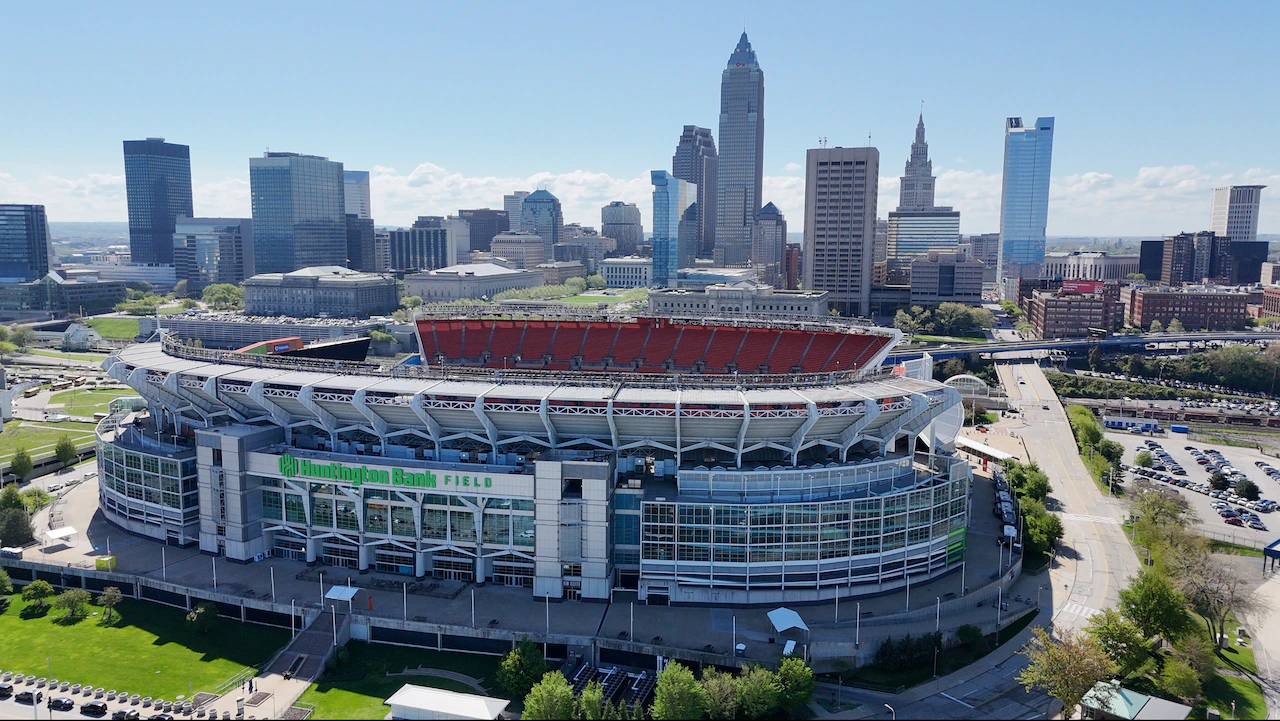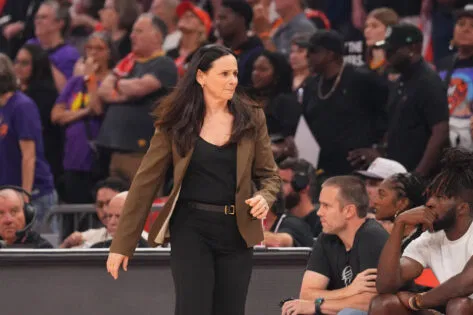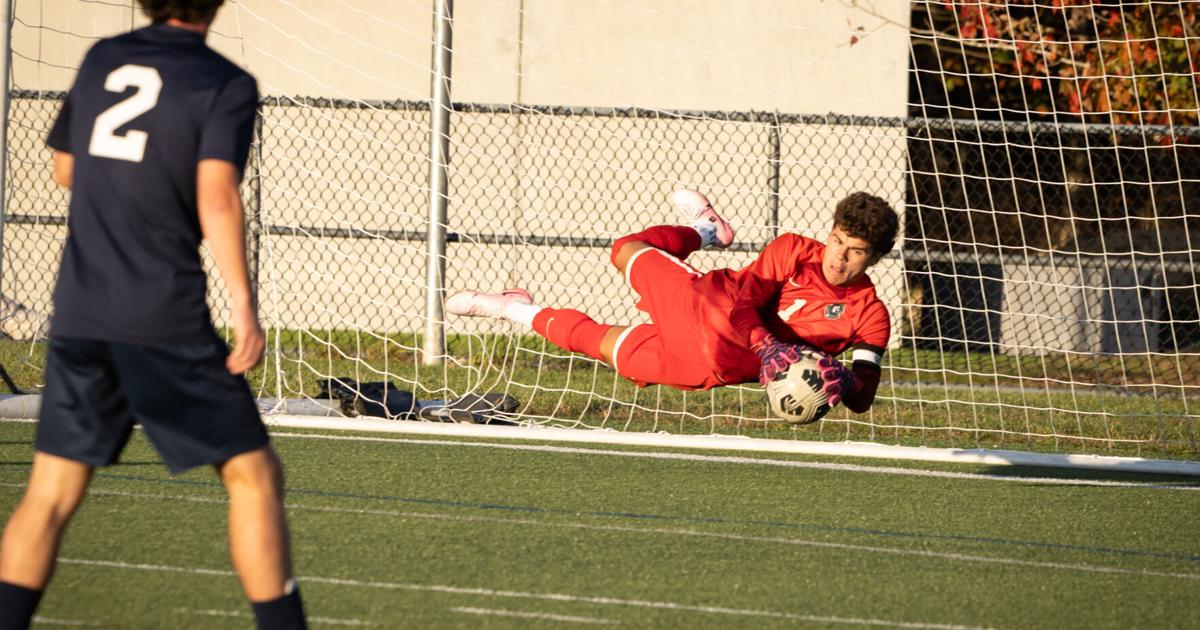Copyright cleveland.com

CLEVELAND, Ohio — Mayor Justin Bibb says he fought to keep the Browns on the lakefront. The math suggests he might be lucky he lost. While game days bring tens of thousands of fans downtown, they also come with a hefty price tag. City records and estimates show Cleveland spends about $19 million a year on costs tied to the stadium — from capital repairs and stadium loans to insurance payments and police payroll. That tops the roughly $17 million the city collects annually in taxes directly related to the stadium. “A lot of residents I find do not really understand what we are paying for the stadium,” Councilman Mike Polensek said after asking a series of questions during budget hearings earlier this year. With the deal struck by Mayor Justin Bibb to clear the way for the Browns to leave for Brook Park after the 2028 NFL season, cleveland.com and The Plain Dealer dug into those budget numbers and more — asking the mayor’s office for additional details and making estimates when data wasn’t available — to get an idea of what the stadium is costing the city. At best, it’s not quite a break-even venture, with uncertainty for the future had the Browns agreed to stay. Long-term projections would have largely depended on the details of the next lease and years of scrutiny to see how those details played out. What the city pays and receives The current city expenditures add up to just over $19 million this way: Loan payments: $9.3 million a year, ending in 2028, to pay off the original $197 million in bonds for the initial cost of $287 million for the stadium. Capital repairs: $3.9 million a year, based on the average over the last five years. The city projects $4 million a year going forward through the end of the lease. Payments to the team: $2 million a year through 2028 to pay back the Browns for the city’s portion of stadium work done in 2014-15. Property taxes: $824,000 this year. Insurance: An average of $620,000 a year. Police costs: About $2.4 million a year, based on 13 large events and city hall’s estimate of “over $200,000 a game” with less for concerts. On the revenue side, taxes and the sale of electricity generate more than $17 million a year for the city: Admissions tax: $9.97 million last year from Browns games and other stadium events. Sin tax: About $4.5 million. This is the city’s share for the football stadium from the countywide sin tax split evenly for the baseball, basketball and football venues. Income tax: About $1.8 million a year is received under an income tax-sharing agreement with Berea, where the team practices. Parking tax: $500,000 in city property tax revenue attributed to the stadium. Property tax: $100,000 for the city’s portion from the overall tax bill. Electricity: About $500,000 in profits for Cleveland Public Power for stadium electricity use. Related coverage of stadium plans Ohio moves to dismiss lawsuit over $600M Browns stadium funding Browns survey asks: Would you pay $1,000s to secure a seat in the new Brook Park stadium? Will Browns fans have to buy pricey seat licenses for the new stadium? Where things stand at Brook Park City Hall with the Browns’ stadium plans Answering 16 key questions about the Browns’ new stadium and the deal with City Hall Additionally, another $1.2 million or so is collected in parking fees from fans using the city-owned Willard Garage and Muni Lot on game days, but operating those facilities on event days comes with some added costs of their own. Less firm is the spinoff benefit, money generated by the use of hotels, restaurants and other spending on game days. The city released a study last year saying the Browns were worth $29 million in economic benefits through visitor spending. But other experts say decades of economic research across the country show that large government subsidies for professional sports venues are not worth it - and never come close to generating the economic returns that are used to justify the public’s contributions. “There is no evidence at all that football stadiums create a decent anchor. It’s a flash flood and then drought,” Victor Matheson, a Holy Cross economics professor and expert on the topic, said during a telephone interview recently. “For 10 or 15 days a year, the area is usable. The other 350 days a year, it’s barren.” Ned Hill, as professor emeritus from Cleveland State and Ohio State universities specializing in city and regional planning, has followed the Cleveland stadium economic debate over the years. He said City Hall should welcome the Browns’ departure. Hill said the Browns moving to Brook Park lifts “any sort of contractual or moral obligation for the city to continue the subsidy cycle that the NFL holds out every 20 or 30 years. … The city is out from underneath that cloud.” But Ken Silliman, the retired long-time Cleveland City Hall insider and author of the book, Cleveland Sports Facilities, a 35-Year History, said the original deal to build the current stadium that opened in 1999 was a good deal financially for the city, especially since the repair bills were often below $1 million a year in the early years. And he said the same could have been true in the future — had the state not committed $600 million for the Brook Park stadium. “I’m not saying the state would have come up with $600 million for the lakefront (stadium), not even close,” Silliman said during a recent interview. But he believes if the city and Browns jointly had approached the state for help to renovate the existing stadium, the state would have made a contribution and “the city’s share going forward when measured against the tax revenue per year could have still been a worthwhile city investment.” A future without the Browns Bibb has sold the deal with the Browns as both the best deal he could have reached under the circumstances – “obviously, I wanted to keep the Browns downtown” – and an opportunity to move forward with lakefront development in a big way. Not only has at least $50 million been secured from the Browns for the lakefront – plus a commitment by the team to cover the cost to demolish the stadium and get it site ready for development – the amount of land being offered up for development has now been doubled to 50 acres. “I see it as an opportunity we never had before — a blank canvas to truly imagine what that land can be,” the mayor said, when asked if the stadium being removed from the lakefront could be seen as a win. Put another way, Hill said: “While people who were diehard Browns fans may miss freezing their patooties off in December, it really presents a way to solidify downtown.” But in the end, will the departure of the Browns be a net positive or negative on the city’s budget? “We’ll see maybe a short-term negative impact,” Bibb predicted. “But long term, I think because of these other planned investments, we’ll be OK.”



